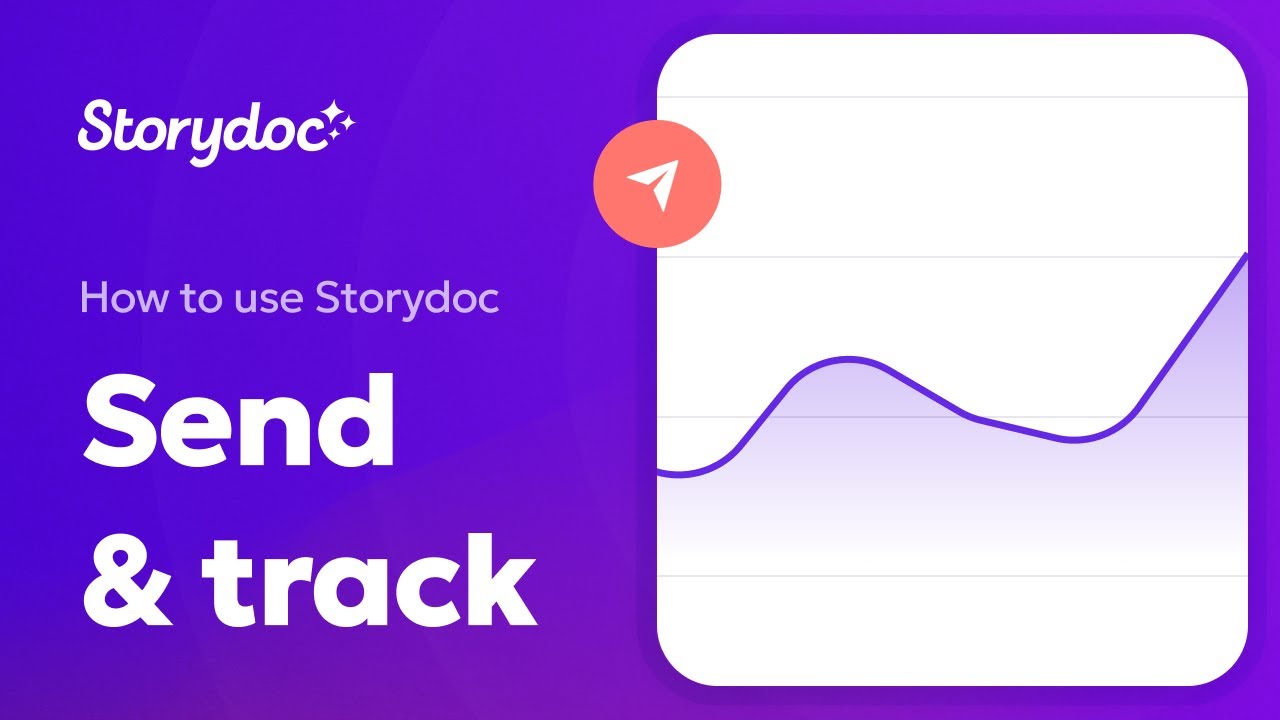Powered by

Learn essential steps and techniques for effective sales prospecting in business. Learn the sales prospecting process and how to build a prospecting funnel.
Hadar Peretz
7 minute read
Share:
Short answer
Sales prospecting is the process of identifying and reaching out to potential customers to generate new business opportunities. It involves researching, targeting, and communicating with prospects to convert them into qualified leads for sales.










